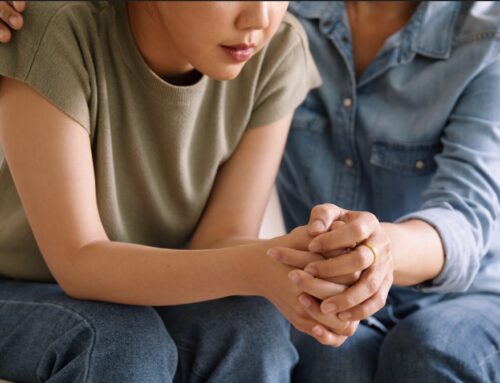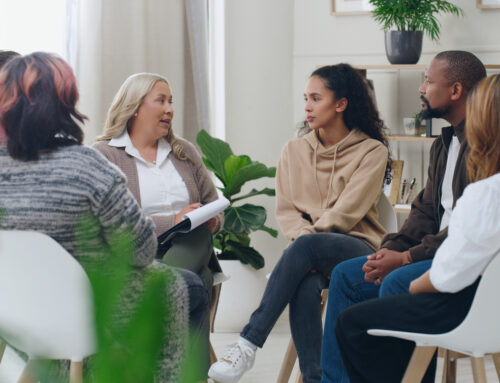Answers from a former parent of Walden Behavioral Care’s Adolescent Intensive Outpatient Program
Day one of the Adolescent Intensive Outpatient Program (IOP) at Walden was miserable not only for my daughter, but for my entire family. My daughter’s anxiety was sky high. She ended up drinking Boost, a high protein nutritional energy drink, for lunch because she refused to eat. When we entered treatment, she made her own meals, but they were safe, scant, and light. Now, during treatment, my husband and I had to take over preparing all of her meals and snacks and she was less than happy about it.
During the first week of treatment, she had temper tantrums, like a three year old, rambling on about the most irrational statements, misquoting her doctor to suit her eating disorder’s agenda. At one point, she put her fingers down her throat in an attempt to purge her snack before we drove to treatment. This was devastating to me and my husband because she used to purge when her eating disorder began, but I could safely say before treatment she hadn’t purged for months.
It was only week one and my husband and I were questioning who was stronger, the eating disorder or us. It seemed like treatment was making things worse. On the night after her first treatment meeting she came to us and said she couldn’t stop crying in the shower because she hated her body. She kept saying it wasn’t fair that everyone else was staying skinny and she just wished she were 10 lbs. lighter.
Why was treatment making things worse?
I know now that Walden’s Adolescent IOP is based on key aspects of the Maudsley Method, a family-based treatment that has been researched and shown to be the most effective treatment for adolescents with eating disorders. Parents are temporarily put in charge of all aspects of eating in order to interrupt eating disorder behaviors that are threatening the health and well-being of their child.
This form of treatment raised my daughter’s anxiety because each bite of food was a planned and repeated exposure. She needed to try new food to experience the anxiety, so that her brain could create a new pathway to recognize the anxiety coming down and develop a new response. With each exposure the anxiety gradually would come down. In the end, food, such as white pasta, that caused her to flip her plate and run out of treatment ended up causing her to have no reaction and no response.
As a parent, you will need to step up and understand that anxiety being raised is part of the process. This felt counter intuitive to me in the beginning, and if it is tough for you, I get it; however, once I understood a bit of the rationale behind family-based treatment, I imagined that my daughter was being held hostage by her eating disorder at gun point. I got determined to get my daughter back by summoning up my energy and becoming fierce. Your child needs you during treatment to face those high anxieties.
Trust your clinicians and trust the process. There are resources at the bottom that helped me as a parent and I am sure they will be of benefit to you too.
“Parenting your Anxious Child with Mindfulness and Acceptance” By: Christopher McCurry
“Exposure Therapy for Anxiety: Principles and Practice” By: Jonathan Abramowitz
“Off the C.U.F.F.” By: Dr. Nancy Zucker





